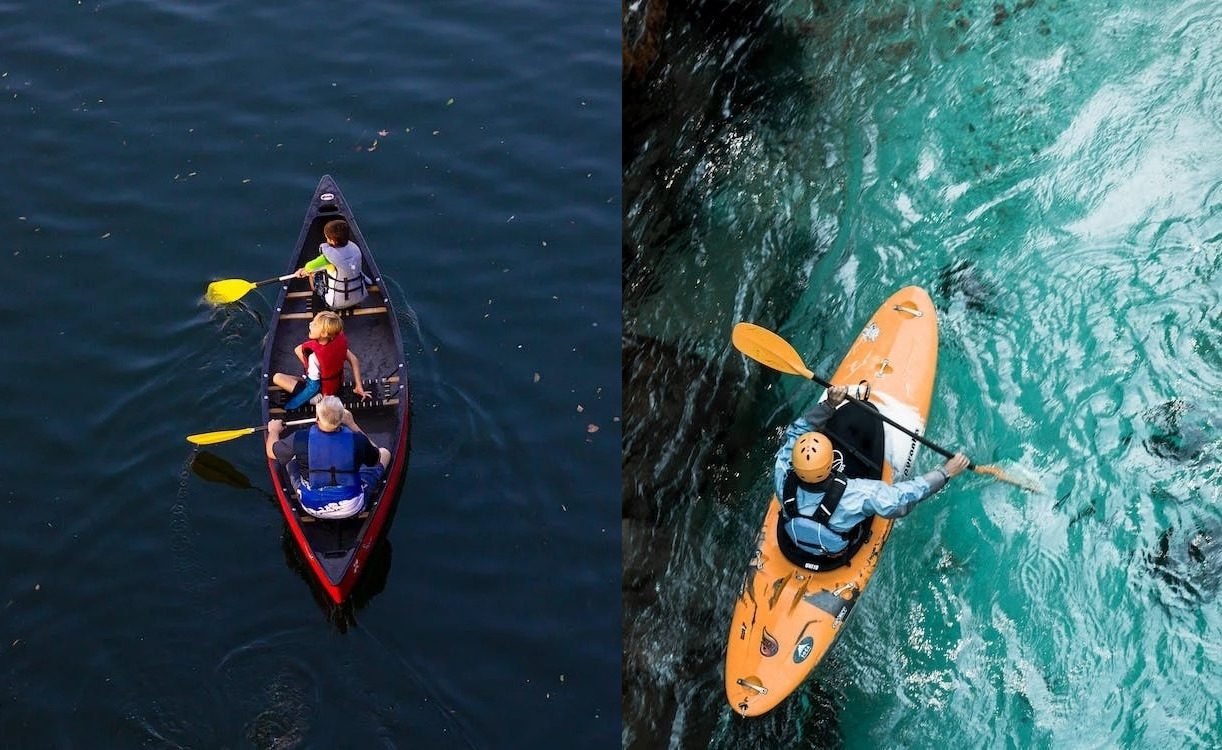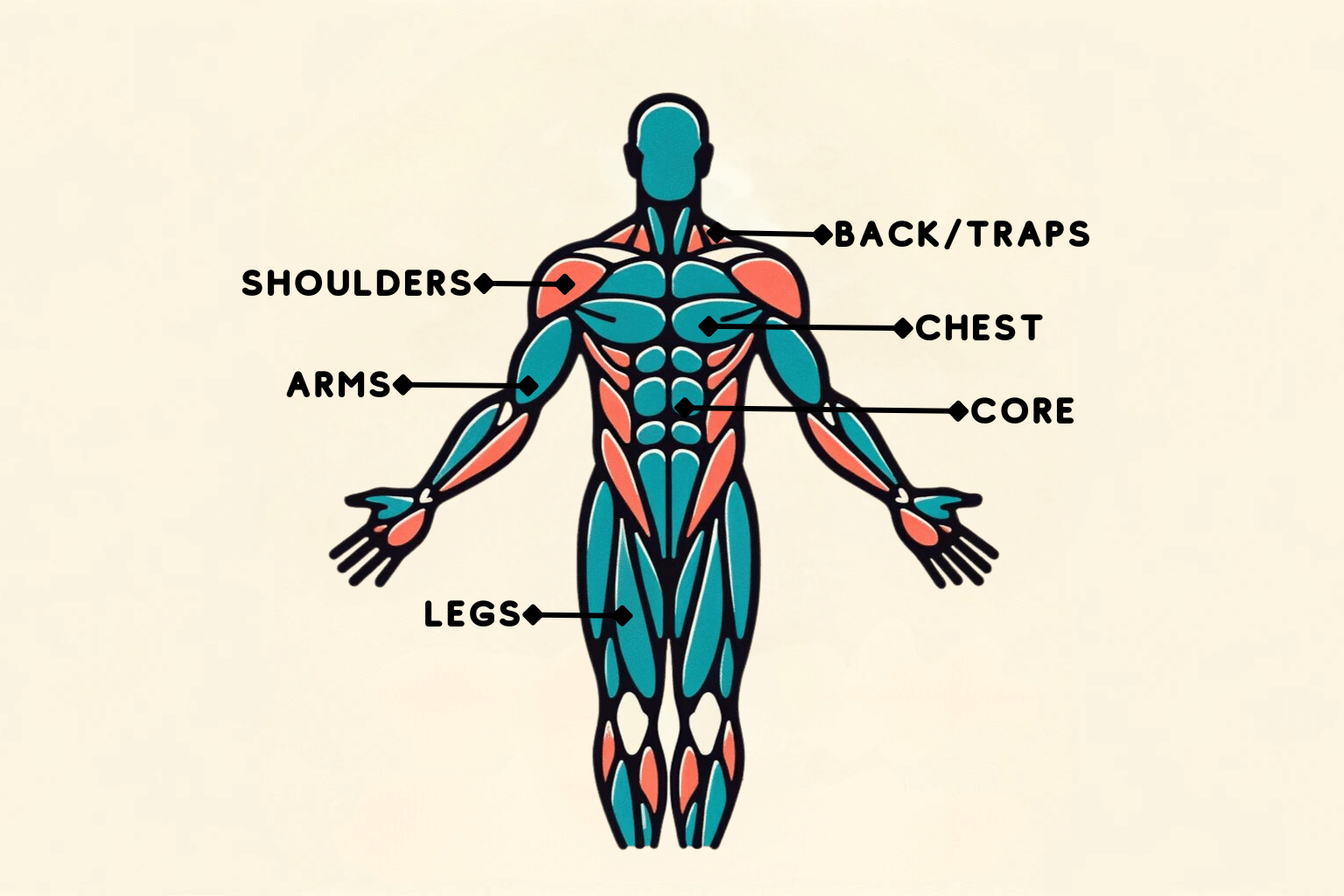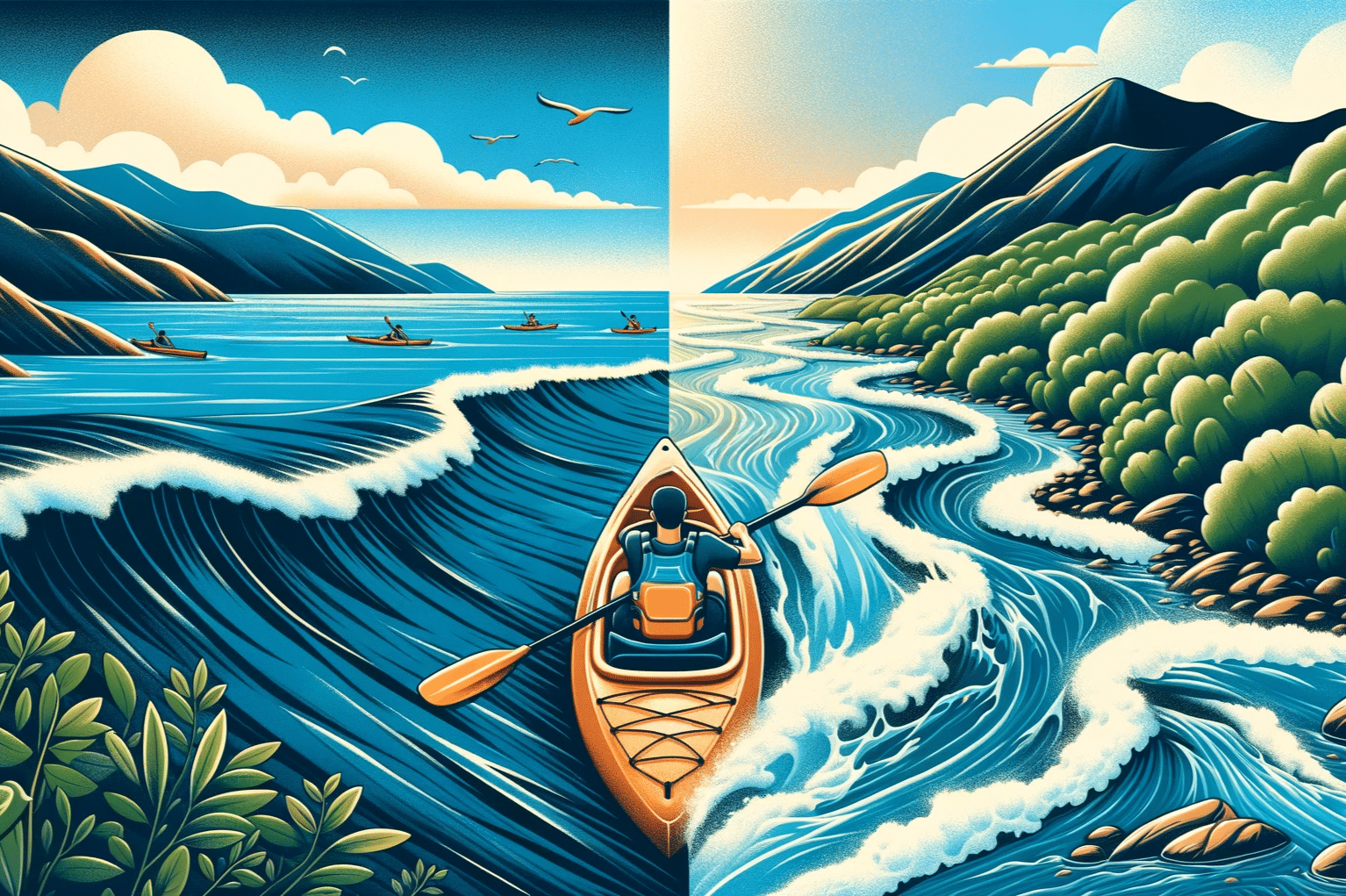Are you toying with the idea of picking up paddling but finding yourself in a pickle over whether to go for a canoe or a kayak? It’s true. With such a variety out there, it can be quite a head-scratcher. But fear not! We’ll dive deep into these two loved water sports’ differences, similarities, and distinctive characteristics. By understanding the key distinctions between a canoe and a kayak, you’ll soon be confidently steering toward the perfect choice. So, let’s get you up to speed and ready to paddle!
Kayaks and Canoes: An Overview
What is a Kayak?
The word ‘kayak ‘brings an image of an elegant boat with a sleek, elongated design. Traditionally used by the indigenous Inuit people for hunting, Kayaks are now a common type of boat seen in various water sports activities. They come in different varieties, including recreational kayaks, touring kayaks, sit-inside kayaks, inflatable kayaks, and whitewater kayaks, to name a few. Each type of kayak caters to a specific use, ranging from peaceful paddling on calm waters to adrenaline-fueled descents down raging rapids.
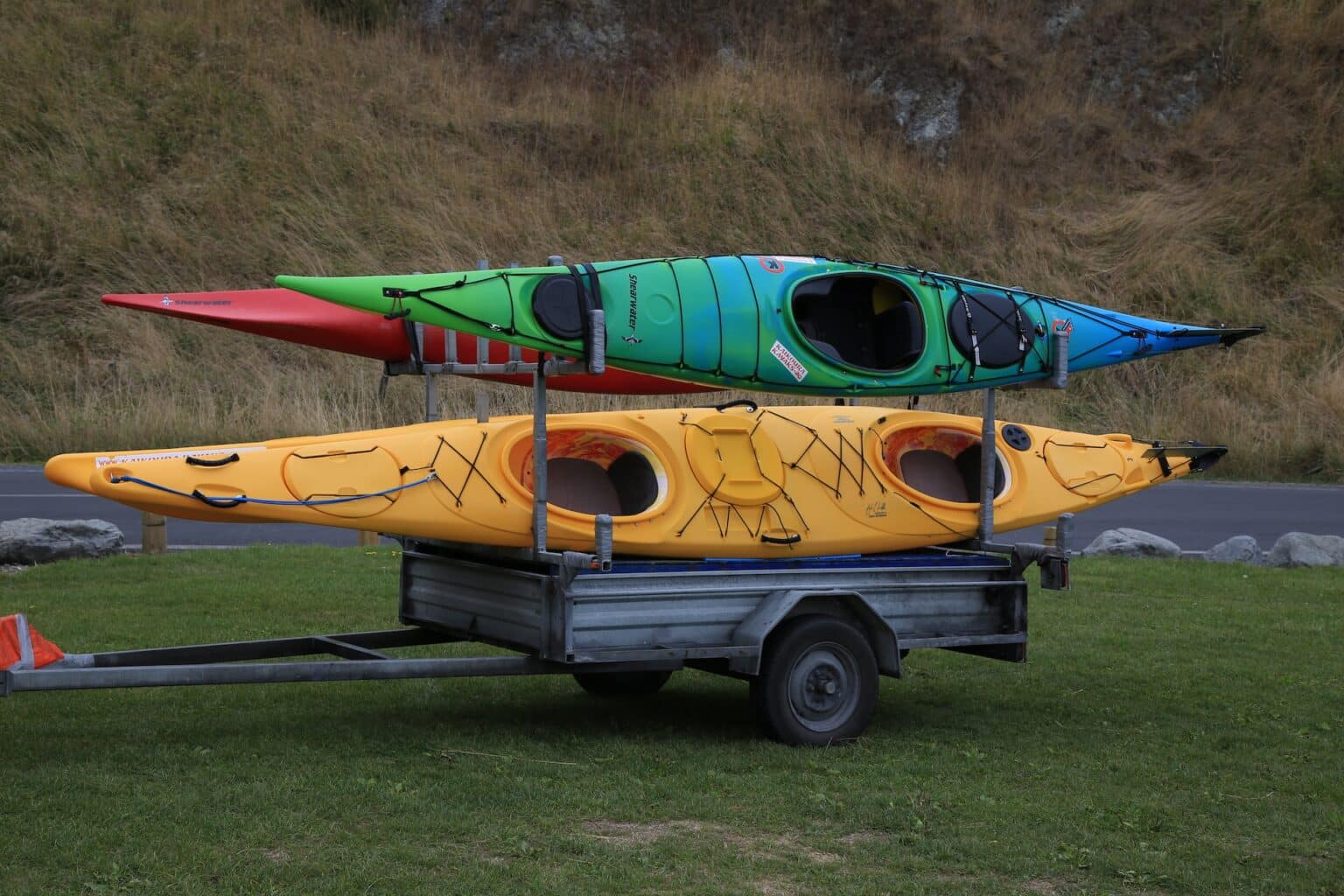
What is a Canoe?
On the other hand, a canoe is a boat with a broader, more open design than a kayak. Originating from Native American cultures, canoes were designed to transport long distances. They are characterized by their ability to carry considerable storage space, perfect for those camping trips. Like kayaks, there are various types of canoes, including recreational and racing canoes, each tailored to different environments and uses.
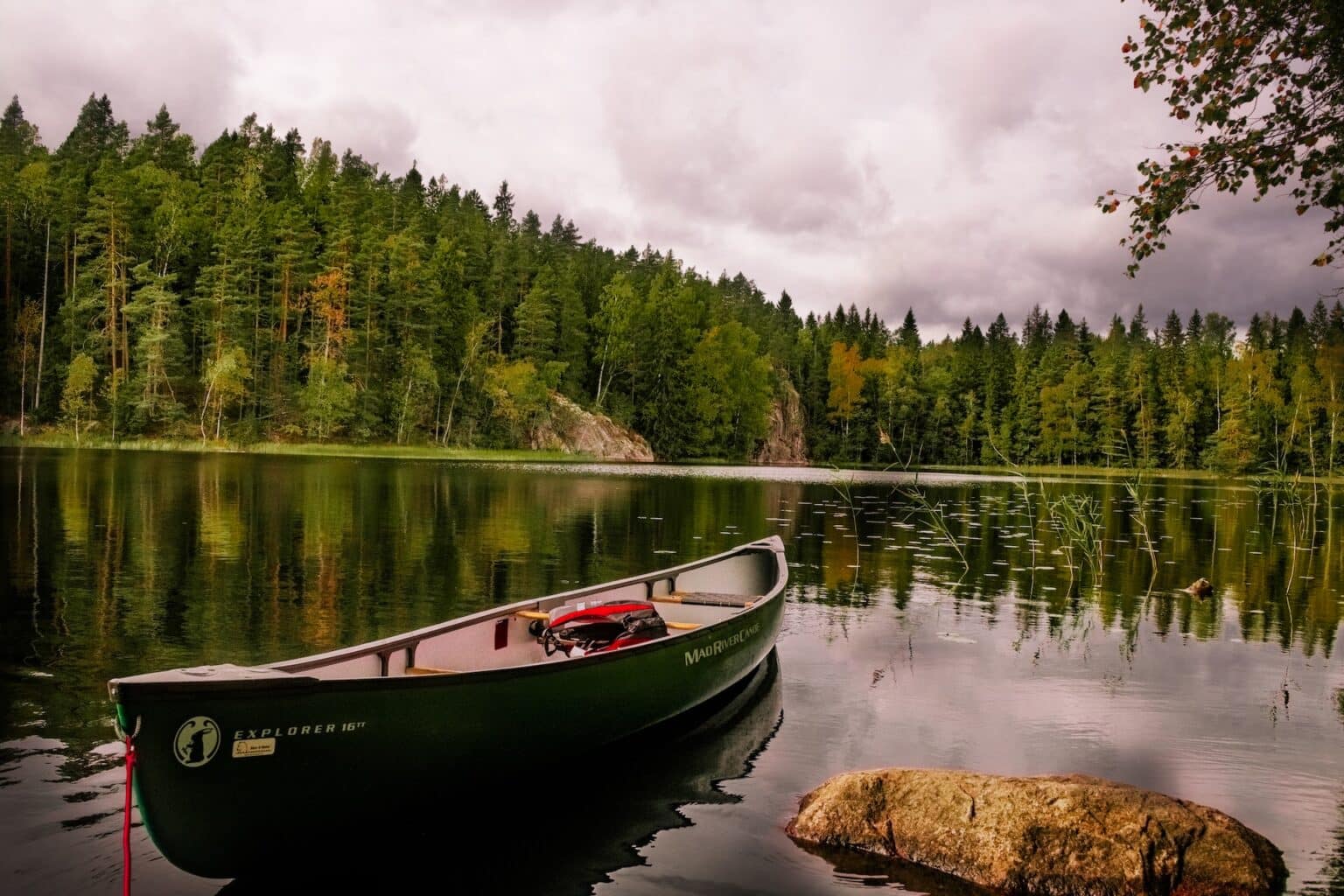
Kayaks vs. Canoes: The Key Differences
So, what differentiates these two types of boats?
- Design: Kayaks are characterized by their closed design and seating position, where you are almost at level with the water. Canoes, however, feature an open design and a higher seating position.
- Paddles: Kayaks use a double-bladed paddle, while canoes typically use a single.
- Seating Position and Number of Paddlers: Kayaks generally seat one or two (in the case of tandem kayaks) paddlers who sit on a low seat with legs extended in front. Canoes, however, can accommodate more people, and the seating involves kneeling or sitting on a raised bench.
- Purpose: Kayaks are generally better for rough waters and are popular in water sports, whereas canoes are great for calm water and are typically used for leisurely paddling, fishing, or carrying camping gear.
Understanding these differences between canoes and kayaks will help you choose the type of boat best suited to your adventure.
Exploring the Types and Uses of Kayaks and Canoes
Recreational Use
Regarding casual, leisurely activities on calm bodies of water, recreational kayaks and canoes stand out. A recreational kayak offers beginners a stable and comfortable experience, often featuring sit-inside designs or inflatable bodies that are easy to maneuver. Likewise, with their open-top design and ample storage space, recreational canoes are perfect for a relaxed day of paddling or a camping trip with the family.
If you are looking to encounter manatees, recreational kayaks are often the best choice. Be sure to check out my ultimate guide for kayaking with manatees in Florida, covering the 11 best places to kayak with these majestic creatures.
Adventure and Touring
For those seeking a little more excitement or planning a long journey, touring and whitewater kayaks offer the thrill of navigating rough waters or covering long distances. Touring kayaks, with their long, sleek design and added storage, are designed for speed and efficiency in open waters. In contrast, smaller and more robust whitewater kayaks are built to handle the challenges of swift, turbulent currents.
Similarly, due to their slim design and lightweight materials, racing canoes provide speed and are used in competitive canoeing events. They’re built for speed and movement efficiency, requiring proper paddling techniques to steer.
Fishing and Racing
Fishing has been revolutionized with the advent of fishing kayaks and canoes. Fishing kayaks have fishing-friendly features, such as rod holders and a stable platform to support casting and reeling. Fishing or Expedition Canoes, on the other hand, offer greater storage capacity and room to move around, which can be advantageous on a fishing expedition.
As for racing, racing kayaks and canoes are designed with speed in mind. These slender and streamlined boats cut through the water with minimal resistance, enabling paddlers to reach high speeds.
Choosing between a kayak and a canoe comes down to your specific needs, whether looking for a relaxing afternoon on a serene lake, seeking the adrenaline rush of tackling white water, or casting a line in pursuit of your next big catch. Each type of boat, from the tranquil recreational kayak to the swift racing canoe, offers a unique experience on the water.
Paddles, Seating, and Design
Differences of Paddles
One of the fundamental differences between kayaking and canoeing lies in the paddles used. Kayaking involves a double-bladed paddle, where the paddler alternates strokes on each kayak side to propel forward. This offers better control and balance, especially in rough waters. Kayak paddles are typically lightweight and designed for efficiency.

On the other hand, canoeing traditionally uses a single-bladed paddle. The paddler kneels or sits in the canoe and paddles on one side at a time, often switching sides for steering and balance. While it may seem less efficient, the single-blade canoe paddle allows for various paddle strokes that can be beneficial in specific situations, such as navigating narrow waterways or maneuvering around obstacles.

Seating Arrangements
Another defining difference between the two is the seating position. Kayaks usually have low seats where the paddler sits with their legs in front. Some kayaks, especially sit-inside kayaks, have comfortable seats with back support, allowing for a more relaxed paddling experience.
In contrast, canoes offer more flexibility. The paddler can sit on a bench-like seat or kneel on the bottom of the boat. This versatility allows the paddler to adapt their position according to the water conditions or comfort.
Unique Designs
The design of these two types of boats also varies greatly. Kayaks have a closed design, narrow, elongated shape, and a minimalistic interior. This streamlined hull design reduces water resistance, making maneuvering kayaks faster and easier. They’re ideal for solitary journeys or tandem kayaking with a paddling partner.
Canoes, conversely, have an open design that provides more storage space. They are generally broader and more stable, making them suitable for multi-person expeditions or transporting camping gear. Their hull design contributes to stability but requires more effort to paddle over long distances.
Understanding these differences is crucial when choosing between kayaking and canoeing. One more appeal depends on your preferred paddling technique, seating position, or design preferences.
The Impact of Water Conditions
Calm Waters
Both kayaking and canoeing offer a serene and enjoyable experience in calm water conditions. Recreational kayaks, with their stability and ease of use, are ideal for leisurely trips on lakes or calm coastal waters. Similarly, canoes are perfect for quiet rivers and lakes, where their storage space can be used to carry picnic supplies or fishing gear. According to a survey, 70% of paddlers prefer calm water for recreational activities.
Rough Waters
When the waters get choppy, the dynamics change significantly. Kayaks, especially touring or sea kayaks, are designed to handle waves and winds better due to their elongated, closed design. The double-bladed paddle offers enhanced control in such conditions, allowing kayakers to brace against waves and maintain balance. It’s crucial to note that rough waters increase the risk and difficulty, requiring proper paddling techniques and safety measures.
Whitewater Challenges
Then there are the ultimate adrenaline-rushing conditions – the whitewater challenges. In these situations, whitewater kayaks come into their own with their robust hull design and quick maneuverability. The compact size of these kayaks allows paddlers to navigate the swift currents and sharp turns of a whitewater river. Canoeing in whitewater is less common, but it can be equally exhilarating with the right equipment and experience.
Remember that water conditions significantly influence choosing between a kayak and a canoe. Calm water favors the relaxing pace of canoeing or recreational kayaking, while rough or white water might require the superior control and design features of a kayak. Whether you opt for one path or the other, keeping safety your utmost concern is crucial.
Gearing Up for Adventure
Storage Space
A canoe or kayak isn’t just a vessel to glide you over water; it’s your portable basecamp on an adventure. Understanding the storage capacity of these watercraft is crucial. Canoes generally have ample storage space, easily accommodating coolers, tents, and other camping gear, making them a perfect choice for extended camping trips.
On the other hand, kayaks, especially touring and sit-inside kayaks, offer limited but more protected storage space. Compartments in these kayaks are usually watertight, keeping your gear dry even in choppy waters. For those who value portability, inflatable kayaks are a great choice. They can be deflated and packed into a compact bag, although their storage space is limited.
Essential Camping Gear
Regarding kayaking or canoeing adventures, the gear you carry can make or break your experience. Essential camping gear includes:
- Waterproof bags to keep your belongings dry.
- Portable cooking equipment.
- A first aid kit.
- Navigation tools like a compass or GPS.
A crucial aspect often overlooked is your paddling partner. Tandem kayaks and canoes allow for two or more paddlers, offering companionship and the opportunity to share the load and effort.
In conclusion, whether preparing for a leisurely afternoon of paddling or a week-long adventure, understanding your storage needs and packing the right gear is critical to a successful and enjoyable trip.
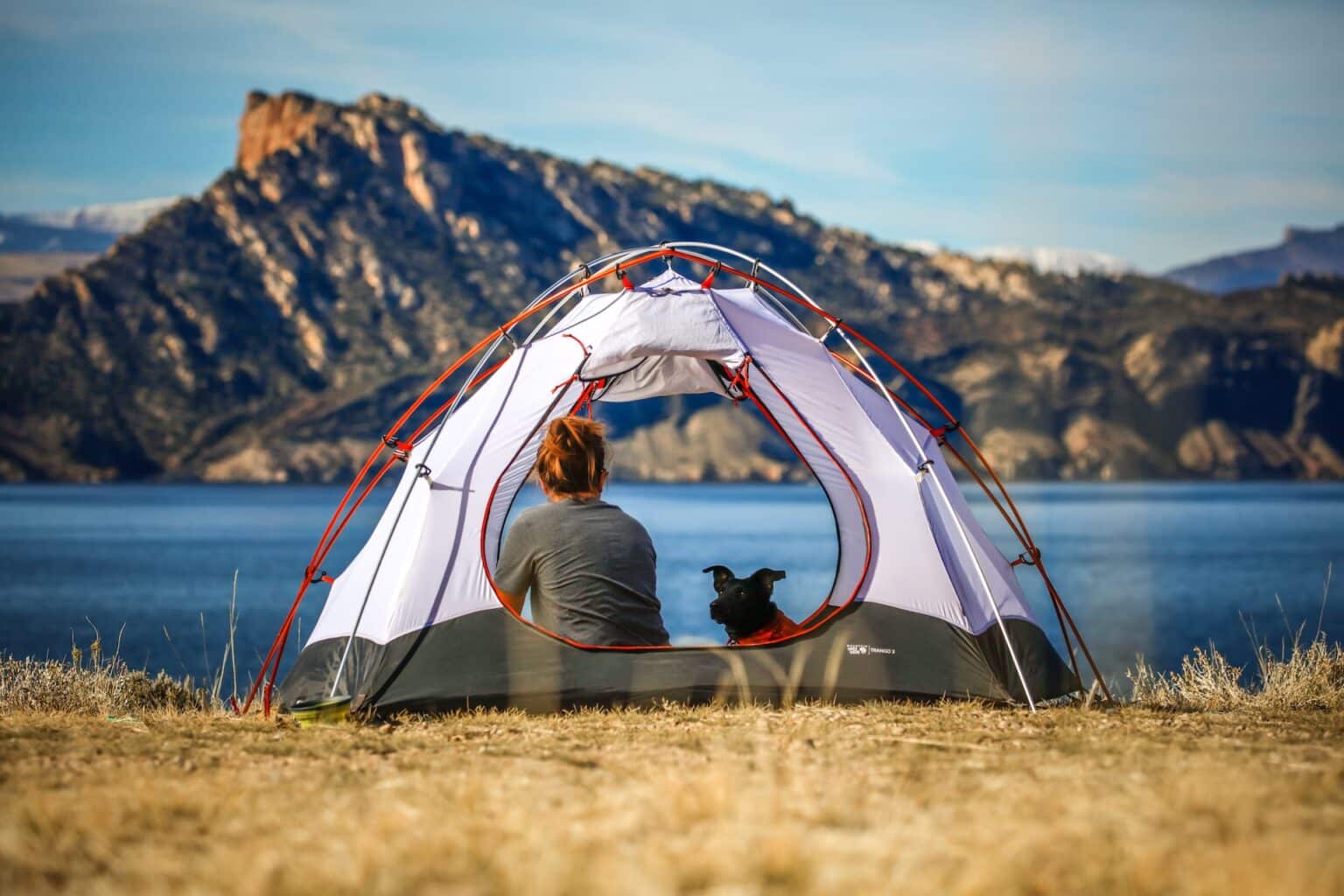
Frequently Asked Questions
What is the difference between a canoe and a kayak?
One of the key differences between a canoe and a kayak is their design and paddling techniques. In a kayak, paddlers sit low with their legs stretched out in front and use a double-bladed paddle for propulsion. In contrast, canoeists sit on a bench-style seat or kneel and propel with a single-bladed paddle.
Which is more stable, a canoe or a kayak?
Stability largely depends on the specific design of the boat, such as the hull design and width. Generally, recreational kayaks are more stable due to their wider build, which offers more initial stability or resistance to tipping. Conversely, canoes may feel tippy initially but have excellent secondary stability and resist capsizing even when tipped on their side.
Is it easier to kayak or canoe?
This depends on the individual and the conditions. Kayaking might be easier for beginners due to the balance a double-bladed paddle offers. Canoeing requires more skill to keep the boat straight with a single-bladed paddle, but canoes can offer more comfort and storage space for longer journeys.
What type of canoe is best for beginners?
For beginners, recreational canoes can be an excellent choice. They are designed with stability, making them great for calm water bodies. These canoes have plenty of storage space for gear, making them suitable for family outings or camping trips. As you gain experience, consider exploring other types of canoes, such as touring or racing canoes.
Conclusion
Through our journey of exploring kayaking and canoeing, we have touched upon numerous facets that make these two water sports distinct yet intertwined uniquely. They differ in designs, paddles used, seating positions, and how they interact with various water conditions, offering different experiences that cater to multiple preferences and adventure spirits.
What do you want to do with your boat? Do you want to paddle for fun, fitness, adventure, or something else? Do you want to go solo or with others? Do you want to stay close to shore or explore faraway places? Do you want to paddle on calm or rough water? These questions will help you narrow your options and find the boat matching your goals.
Remember, the most crucial aspect is that kayaking and canoeing offer beautiful ways to connect with nature, stay active, and enjoy the thrill of water sports. To decide between the two, the best approach is to try them firsthand. You might discover a preference for one, or even better, find a love for both!

